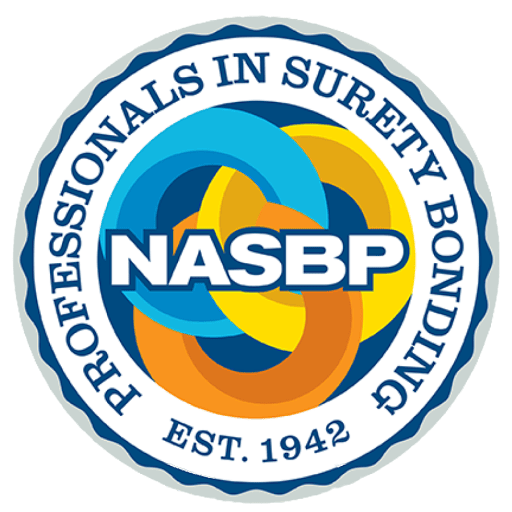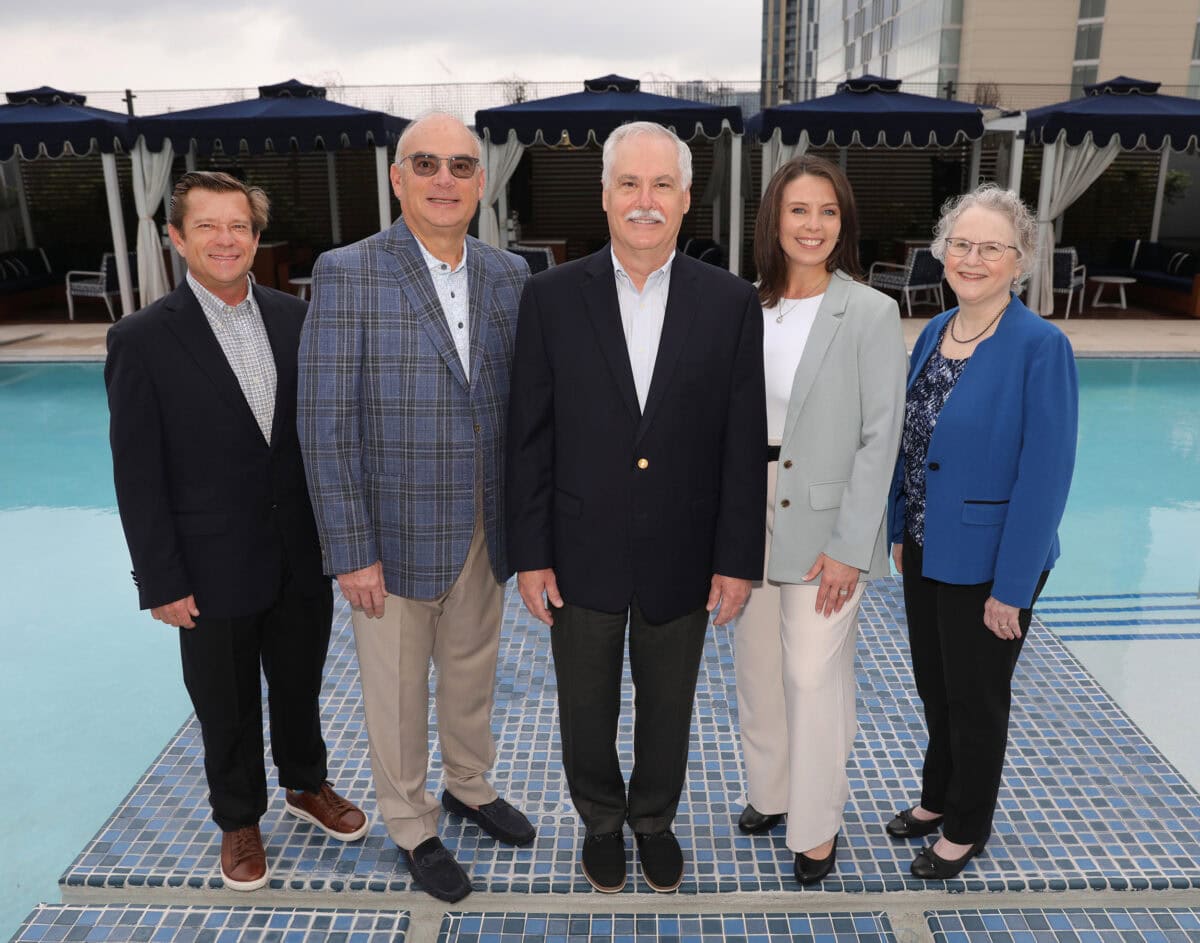Recent Activities of the Construction Industry Procurement Coalition (CIPC)
 NASBP is one of fourteen organizations whose members collaborate on a united front to create greater procurement opportunities, efficiencies, and protections for all facets of the federal contracting process, including architecture, engineering, and construction services.
NASBP is one of fourteen organizations whose members collaborate on a united front to create greater procurement opportunities, efficiencies, and protections for all facets of the federal contracting process, including architecture, engineering, and construction services.
Late this summer, CIPC submitted a comment letter to the federal agencies that comprise the Federal Acquisition Regulation Council (GSA, DoD, and NASA), concerning FAR Case 2019-013, “Federal Acquisition Regulation: Inflation Adjustment of Acquisition-Related Threshold.” The proposed FAR change calls for increasing the payment bond threshold for federal construction contracts from $35,000 to $40,000, that is, contracts that do not meet the Miller Act bond threshold of $150,000. As prescribed in FAR 28.102-1(b)(1), the federal contracting officer is given discretion when determining the type of security for these types of contracts which includes bonds, irrevocable letters of credit, or escrow agreements for contracts from $35,000 up to $150,000. The FAR Council determined that the payment bond threshold should not be raised to $40,000 because it “did not reach the statutory calculation formula amount.” The FAR Council disagrees that the Miller Act is not an acquisition threshold, however. NASBP has always advocated that the Miller Act is a protective statute and should be treated as such and not be subjected to indexing based upon the consumer price index. Decoupling the Miller Act from indexing will be a top federal legislative priority for NASBP in 2021.
At the beginning of this year, the Construction Procurement Caucus was created on behalf of the CIPC to promote commonsense design and construction services procurement reforms that benefit the government, taxpayers, and those businesses interested in pursuing federal contracting opportunities. In a bipartisan effort, Representatives Scott Peters (D-CA-52) and Pete Stauber (R-MN-8) agreed to serve as co-chairs. Unfortunately, due to COVID-19, the caucus has been delayed in working toward its purpose. But the CIPC plans to reenergize the Caucus in the new year.
Individual Surety Rule—Still Waiting for FAR Council’s Determination
In February, the Federal Acquisition Regulation (FAR) Council, proposed to implement a section of the National Defense Authorization Act for Fiscal Year 2016 to amend the FAR to change the types of assets that individual sureties must pledge as security for their bonds. The proposed rule limits the security to eligible obligations, that is, U.S. government-backed securities as described under 31 U.S.C. 9303. Individual sureties would no longer be able to use real property as a form of security to secure their bond obligations. In response, NASBP submitted comments to the FAR Council regarding the proposed FAR change to align with the law enacted in 2016 concerning assets individual sureties will be able to use in support of their bond obligations.
NASBP’s 2021 GR Agenda Submitted for Board Approval
During this October’s mid-year meetings, the Government Relations Committee submitted for the Board’s approval the Government Relations agenda for 2021. The issues that NASBP plans to pursue in 2021 include: (1) advocating for the removal of periodic threshold increases to the Miller Act based on inflation; (2) advocating for bonding requirements for the construction portion of the contract when states/localities receive federal loans and/or grant funds such as TIFIA/WIFIA for the undertaking of public-private partnership agreements; (3) supporting bonds as an alternative to letters of credit when small business internet service providers bid on procurement opportunities through the Federal Communications Commission’s Rural Broadband Auction, requiring performance and payment bonds as the form of security for the construction portion of rural broadband infrastructure projects; and (4) advocating for legislation to allow state agencies to accept the electronic execution and delivery of construction surety bonds and commercial surety bonds, including use of electronic signatures, seals, and powers of attorney and remote notarization. Please contact Larry LeClair at lleclair@nasbp.org to inform him of any upcoming surety bond issues in your state of which NASBP should be aware. Once approved by the NASBP Board of Directors, the 2021 NASBP Government Relations Legislative Agenda will be posted at the Advocacy page of the nasbp.org site.
NASBP Resource Maps—See What’s New
As noted above, one of the issues that NASBP will continue to advocate for this coming year is the acceptance of electronic bonds. This issue has been spotlighted this year due to COVID-19 concerns and the industry seeking to ensure that construction services, accompanying performance guarantees, and all commercial surety guarantees continue to be provided without significant disruption or impediment. Because there has been a good deal of movement–temporary and otherwise–on this issue, NASBP has tracked state and federal legislative changes. See NASBP’s remote notarization/FAR deviations re: electronic bonds chart. As a reminder, NASBP also posts comment letters on its website. Please take this opportunity to review all of the NASBP Information maps. Note that a NASBP login is required to access them.
Get Important Surety Industry News & Info
Keep up with the latest industry news and NASBP programs, events, and activities by subscribing to NASBP Smartbrief.




